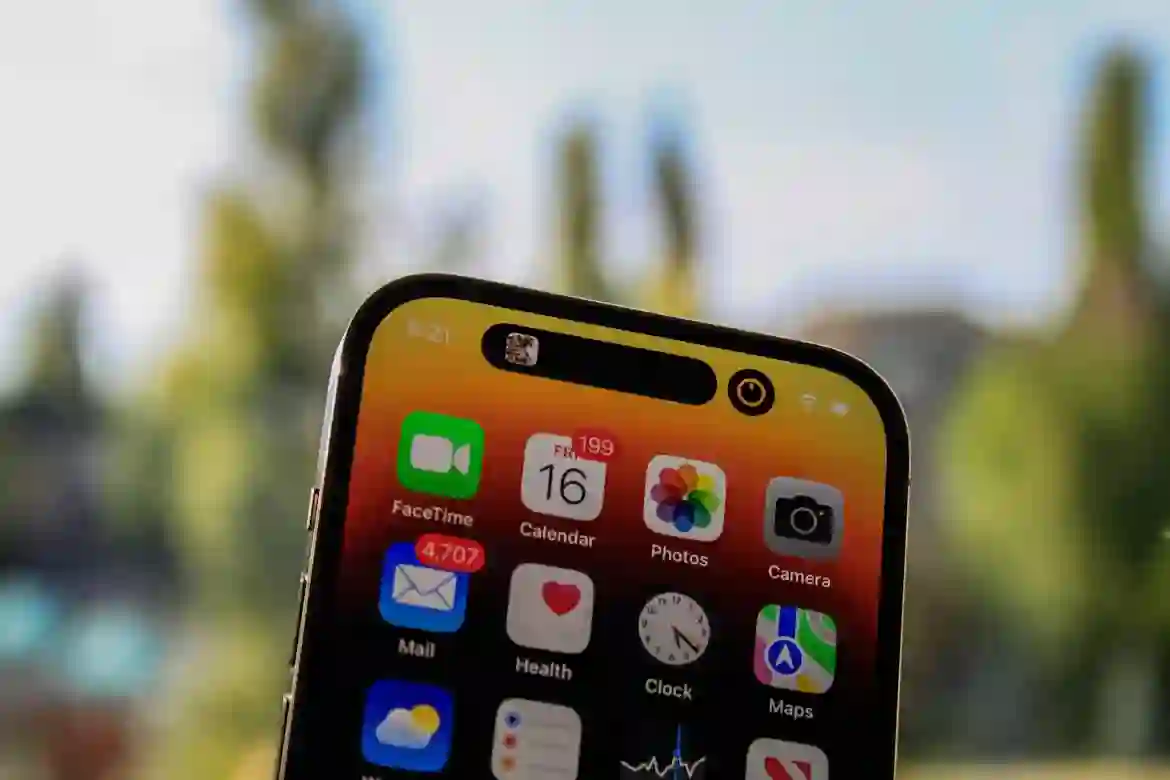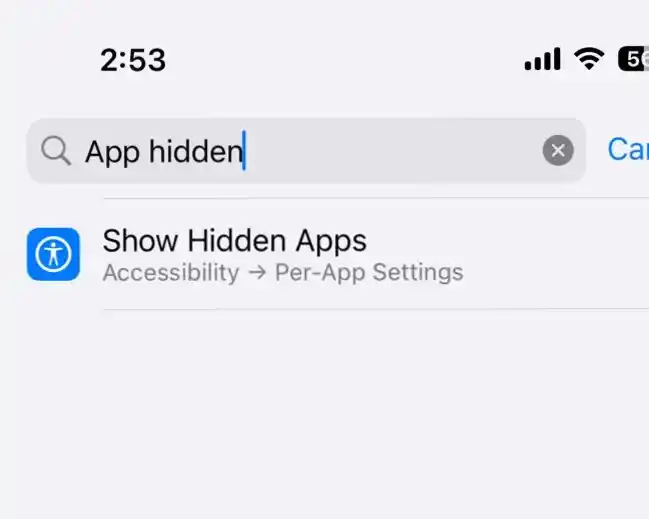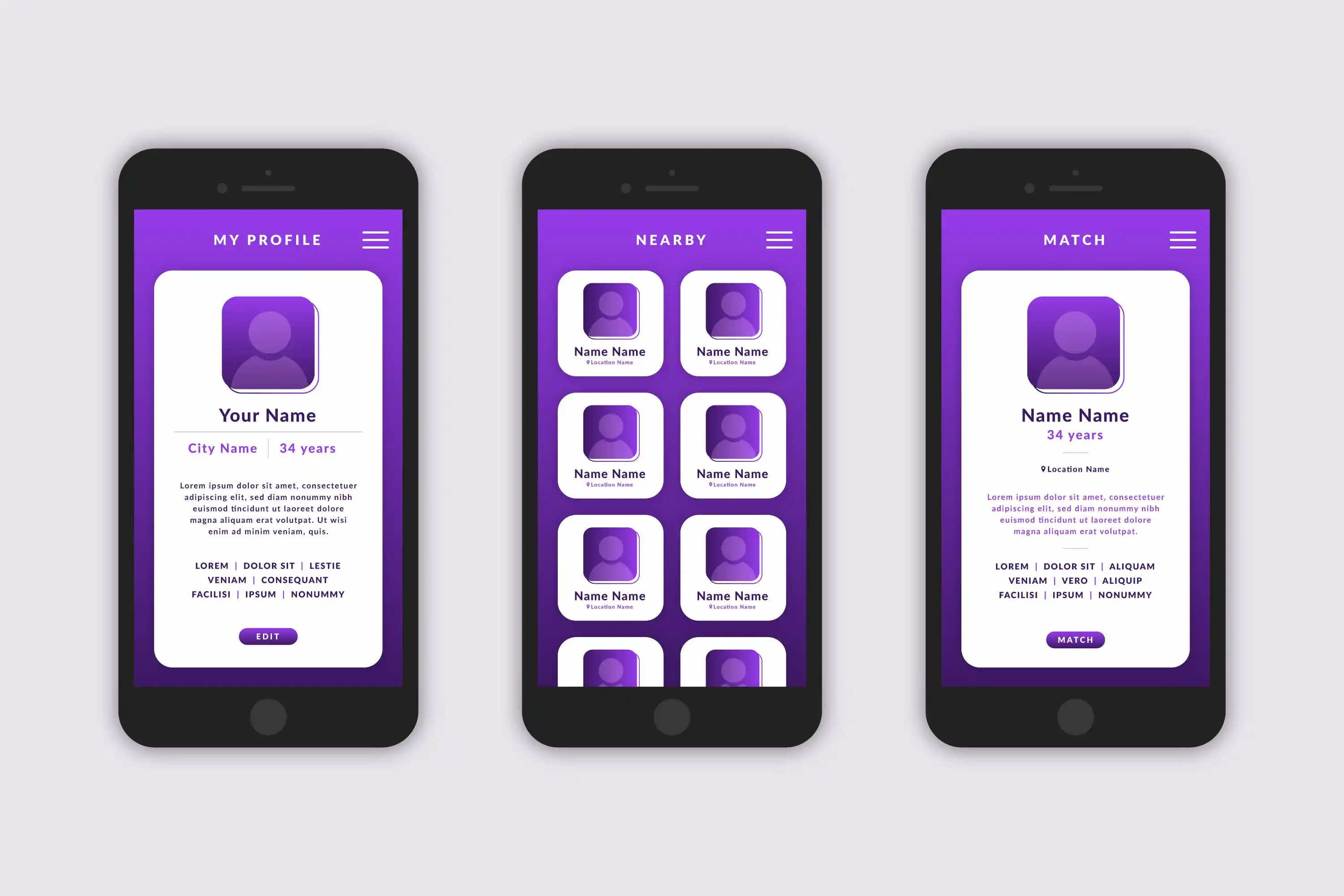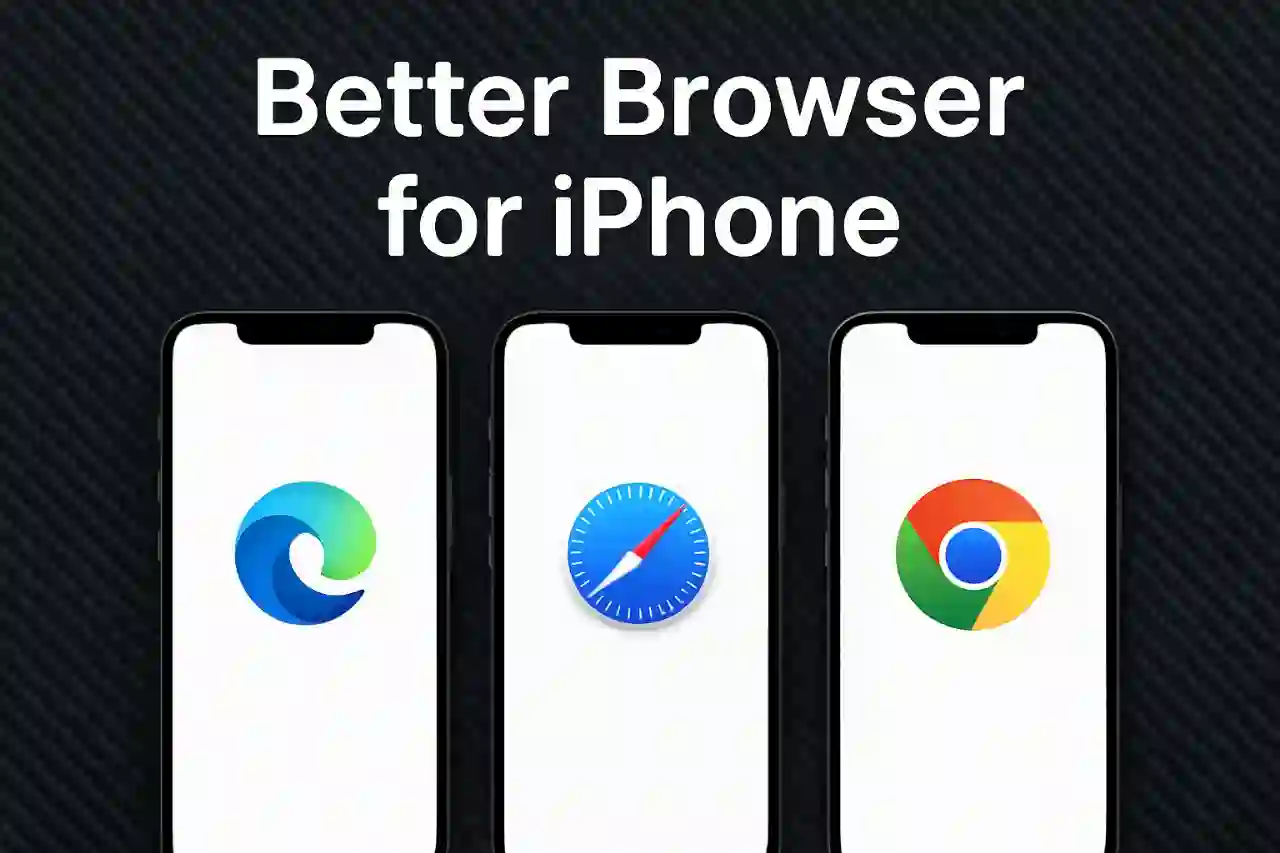Introduction
Given my daily routine—multiple tabs, reading, streaming, and the occasional long-form research article—I found myself frustrated by three persistent limits: the occasional lag when loading heavy media, a growing number of intrusive ads, and a lack of granular privacy controls. So this year, I decided to spend a few weeks with the leading alternatives to see what the best replacement browser is for an iPhone in 2025.
Safari vs. Alternative Browsers

Apple’s homegrown browser is polished and integrates tightly with features like Share Sheet and AirPlay. It keeps passwords secure through iCloud Keychain—an impressive feature when you live in the Apple ecosystem. Safari’s Reader view also still renders long articles in a stripped-down, eye-friendly layout. However, I found its ad blocking and wider tracking protections could lag behind more specialized offerings. Blocking third-party cookies is set on by default, but some ads and scripts still sneak through.
In this test, I looked primarily for speed, tracking protection, and how well each browser handles multimedia and long-form content.
Microsoft Edge – Surprisingly Good for iPhone Users

Given its roots, I didn’t expect much, but the current Microsoft Edge on iOS impressed me. The browser starts with a clean interface, and the conditional ad blocking and tracking protection options are effective. I switched to the Balanced level of protection and noticed a significant drop in cookie banners and tracking scripts. On media-heavy sites, pages loaded about 20% faster than Samsung’s version of Safari on my iPad Mini—an impressive delta I could hear in loading-time analytics and practical use.
Edge’s unique Collections feature also syncs well across my Windows and iPad devices, letting me save articles cleanly for later without needing to jump through tabs.
Google Chrome – Familiar, But Is It the Best?
Chrome is still the world’s most popular browser for a reason: It’s polished, my passwords are already there through Keychain and Google, and the Omnibox autocomplete is the fastest. However, in this test Chrome still lagged behind Edge in ad blocking and resource efficiency. The built-in tracking protection is set to the standard “Standard” level, and it blocks only certain third-party cookies and some scripts.
I noticed more ads loading on sites than with Edge set to Balanced protection. Chrome also chewed through battery faster on five consecutive video call tabs compared to the same content open in Edge. For day-to-day use with no blockers, it behaves wonderfully; for privacy and endurance, it’s mediocre.
Browsers with Built-in Ad Blockers & Tracker Blocking
Three dedicated privacy-first browsers made the shortlist: Brave, DuckDuckGo, and the privacy-focused version of the Vivaldi app. All three employed aggressive ad blocking and tracking protections by default. Vivaldi’s interface is dense but powerful, with built-in tabs, a quick-launch dial, and adjustable protection levels. Brave and DuckDuckGo, on the other hand, fringe at the typical maximum protection level without much fine tweaking.
Brave, in particular, stops everything down to fingerprinting scripts. I almost forgot most websites had ads after a few sessions. Battery life on these browsers across heavy multimedia sites, video calls, and long-scrolling articles was consistently better—up to 18% more endurance on the same commute playlist.
Private Browsing & Battery Life Performance

In private mode, all alternatives differ in the specifics: Edge keeps a local vault of history only when no popular sync is active, Chrome purges cloud sync when I leave Incognito; Brave and DuckDuckGo keep no history whatsoever across sessions. Edge and Brave’s private protocols utilize DNS over HTTPS, while Safari defaults to secure D cerimonia on its cloud.
Battery metrics converged after a few days, with all three private browsers similarly milking an extra half hour on video calls over standard Safari.
My Final Recommendation for Apple Devices

After weeks bouncing tabs, heavy, and multimedia content, Edge emerged as the best general-purpose browser for 2025 on my iPhone. It neatly balances speed, ad blocking, and is light on resources. Vivaldi and Brave remained my go-to options for privacy audits and occasional bat-heavy sessions, while Safari still shines in my casual iOS-cardio pages. If you prioritize smooth, aggregate daily use without fuss, Edge is the one.
- Blocker options let you dial in how aggressive you want the filtering—strict, balanced, or basic whitelist.
- Automatic tracker blocking is turned on by default, and I could see the total number of trackers it blocked right in the address bar.
- Tab management feels familiar, and the vertical tab switcher simplifies finding and managing open links while one-handed.
- It syncs options like bookmarks and passwords with desktop, quickening cross-platform work.
For the features and polish, I think Edge is a strong choice—far beyond the legacy “just for Teams” impression I’d carried.
FAQs
Q: What is the best browser for iPhone in 2025?
A: Microsoft Edge stands out for its balance of speed, ad blocking, and resource efficiency.
Q: How does Safari compare to alternatives?
A: Safari offers tight Apple integration but falls short on advanced ad blocking and privacy controls compared to Edge or Brave.
Q: Which browser has the best ad blocking?
A: Brave excels with aggressive ad and tracker blocking, making ads nearly disappear.
Q: Is Chrome a good choice for iPhone?
A: Chrome is fast and familiar but lags in privacy and battery efficiency compared to others.
Q: Why choose Edge for iPhone?
A: Edge provides effective ad blocking, fast performance, and great cross-platform syncing.
